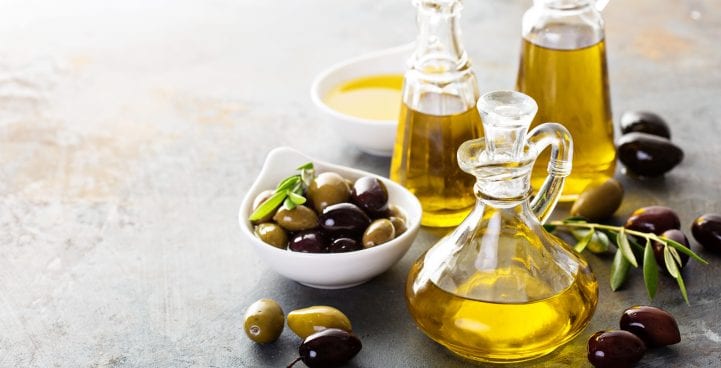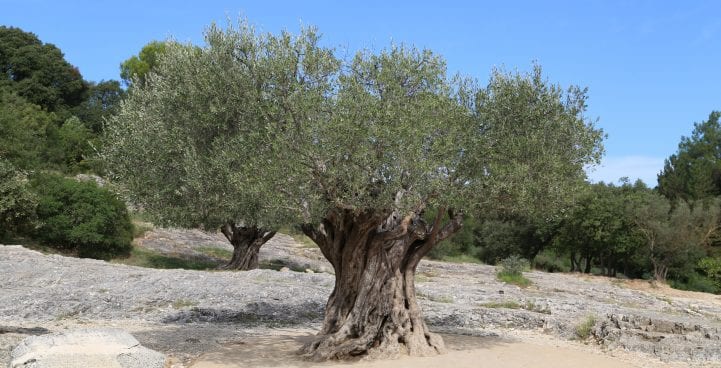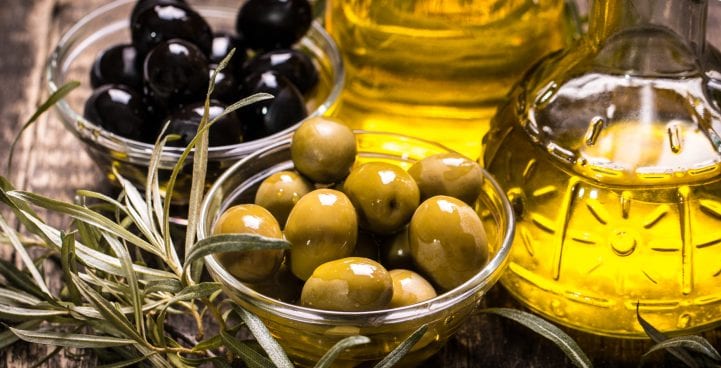A Google search for “olives” will yield more than 95 million results. A pair of oval structures in the lower portion of the brain-stem are called olives. It is also the name for a ring-shaped gasket used in plumbing. Eight towns across the United States are called Olive, several more go by Olive Township. In this post, however, we – predictably, probably – find out more about the one and only olive: The fruit from the olive tree!

Here are some interesting facts you should know about:
- There are olive trees that are older than 1000 year.
- The older the tree, the more valuable the fruit.
- In recent years, Spain was the biggest per capita user of nearly 3 gallons (11 liters) per year. Greece followed with just over 2.6 gallons (10 liters). It always depends on who you ask and when the statistic is done, but many also favor Greece as the world leader in olive oil consumption. In the United States, the per capita consumption of olive oil is 38 fl oz (1.1 liters).
- Olive oil can range from brownish green to light yellow in color, depending on ripeness and ingredients. Coloring does not influence the quality.
- Olive oil is good for dry hair! Massage pure olive oil into your hear, let it sit for about 1 hour and wash out using a mild shampoo. Your hair will get a shine and you’ve done your scalp a favor as well!
- 90% of harvested olives are used for making olive oil. Only 10% are used as table olives.
- Depending on variety, 11 to 22 pounds of olives are needed to make 34 fl. oz of olive oil.
General
The Olive Tree

Olive trees are easily recognized by their oblong leafs and grayish, gnarled and twisted trunks. The Mediterranean climate makes this region its ideal location, but large olive orchards can now also be found in Latin America, Australia Japan or the Southern US. Turkey and Morocco are among the most important table olive and olive oil producers. More than 1000 different varieties are known, but some are limited to local villages.
Green or Black: What’s Behind Olives’ Color
Olive trees have their first bloom 4 years after planting. You will get your first harvest after 10 to 15 years. Which color will your olives have? Green? Black? Maybe even purple? The answer is easy: Green olives are harvested when they are not fully ripe yet. The longer olives riped, the more the color changes to purple and finally black. Green olives have a strong fruity taste, while black olives have a little bit of a tangy kick to them. The flavor is also heavily influenced by what they are marinated in after harvest.
Black olives sometimes get their color through a little trick. Iron salts are used to darken them. This is typically the case for olives with no pits and extremely cheap “black” olives. No labeling requirements exist for this in the United States, as the coloring is part of the processing.

Health Benefits of Olives
Olives may be tasty, but don’t eat them directly from the tree! Harvested olives have to be processed first to make them edible. Black olives are high in fat, but most of it is unsaturated and can be good for your cardiovascular system.
Spain recommends its citizens to eat at least 7 olives per day. Olives are always a little something extra: in salads, on cold cut plates, for tapas, on pizza. And in a Martini!
Olives – More Than Just A Fruit
The cosmetics industry has rediscovered olive oil in the last couple of years, as organic products have become more popular. Olive oil is used for making soap, shower gel, shampoo or sun lotion. Olives don’t only have to offer a lot in terms of flavor, they also support your daily beauty regime! Wood from the olive tree is also made into products, for example beautiful cutting boards.
Storage
Table olives can be kept in the upper parts of your refrigerator for up to 40 days.
Olive oil should be kept in a cool area, protected from light. Direct sunlight fastens the aging process of the oil. Some of its components are also prone to oxidation. Always keep the bottle closed when not in use.
For daily use, a cupboard is a suitable storage space.
Food Facts
One cup of green olives contains 14.4% of fats, of which nearly 12% unsaturated.
Olives are a good source of copper, iron, fiber and vitamin E.